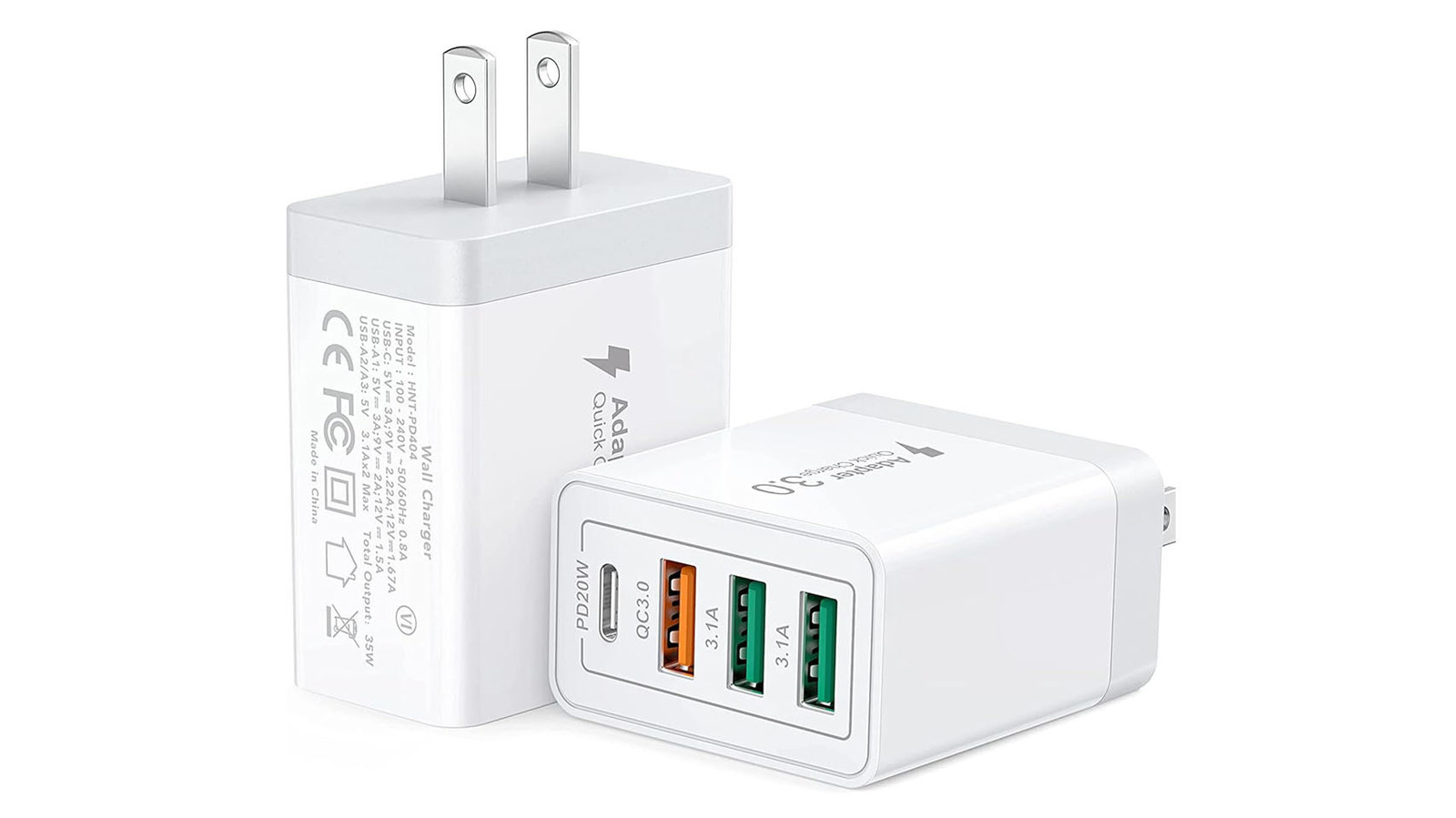
We may receive a commission on purchases made from links.
In some cases, on a device that offers USB connectivity, USB ports may be color-coded to indicate what USB specification they have, which in turn tells you the maximum speed each one is capable of charging or transferring data. For instance, a USB 2.0 port — which has a maximum data transfer rate of 480 Mbps — is typically black. In contrast, a blue USB port usually means the slot has a USB 3.0 specification and can transfer data as fast as 5 Gbps. This enables you to plug in a device into the latter if you have a need to transfer large files quicker, for example.
Advertisement
Black and blue USB ports are the most common colors utilized by most tech manufacturers. However, with the introduction of newer generation USB specifications, you may come across other USB port colors as well. For example, a teal-colored USB port pertains to a slot that is USB 3.1 Gen 2 with a data transfer rate of up to 10 Gbps. Meanwhile, a red USB port has been associated with both USB 3.1 Gen 2 and USB 3.2 standards, the latter capable of transferring data as fast as 20 Gbps.
Are you wondering what the orange USB port on your gadget is for? The answer is a bit complicated.
The most likely meaning of an orange USB port
Every piece of electronic, gadget, or equipment has its own tech specifications. Even though USB ports are universally available across a variety of products these days, as far as our research goes, there’s no official color code guidance followed by all. This means the color of the USB ports on your gizmo and what it symbolizes may vary depending on the manufacturer.
Advertisement
Having said that, there’s enough examples in the wild to tell us what an orange USB port could mean. The most basic meaning is that the particular port is USB 3.0 and is capable of charging devices. Sometimes, it means that the port is for charging only. However, the general consensus among many manufacturers is that it’s an “always-on” port, also sometimes referred to as a “sleep-and-charge port”. Much like a red or yellow USB port, an orange USB port is known to provide a higher output. If you see an orange USB port on a computer for example, it means it’s capable of providing power to a device plugged into it even if the main machine is asleep. This is useful if you need to charge electronics like your mobile phone, tablet, earbuds, and the like.
Advertisement
Some products may be equipped with a Qualcomm USB port that’s orange and labeled with “QC3.0” or something similar. This indicates that the particular slot has a USB 3.0 specification as well as quick-charge capabilities.
Finally, some manufacturers may use the orange color to point out that a particular USB port is “high retention.” This means whatever is plugged into it may require additional effort to dislodge. Such is the case for USB hubs designed for use in the industrial setting, where higher environmental vibrations are typically expected.








